
We use software as an engine to power and move our digital world. We create software from code, that is, special languages that we can read and write, and that determine what computers and digital technologies actually do. Writing code is an art, a creative human activity undertaken by both individuals and by teams, and by using sophisticated tools. The code that people create can be art in another sense also: For those who are familiar with these special languages, they can see beauty within it, much as we all can appreciate the design of a stunning garden or public park.
The Computer History Museum invites you to accompany us for a year-long tour through this Art of Code, with many opportunities to explore remarkable stories, events, and historical source code releases. We will hear from experts and luminaries about how software is created and the important consequences it has for society. We will have a chance to explore, firsthand, the source code behind major developments in computing. And we will have a chance to engage in discussions about critical issues today and their relationship to code.
Here's a sample of the "Art of Code" you can find at CHM.
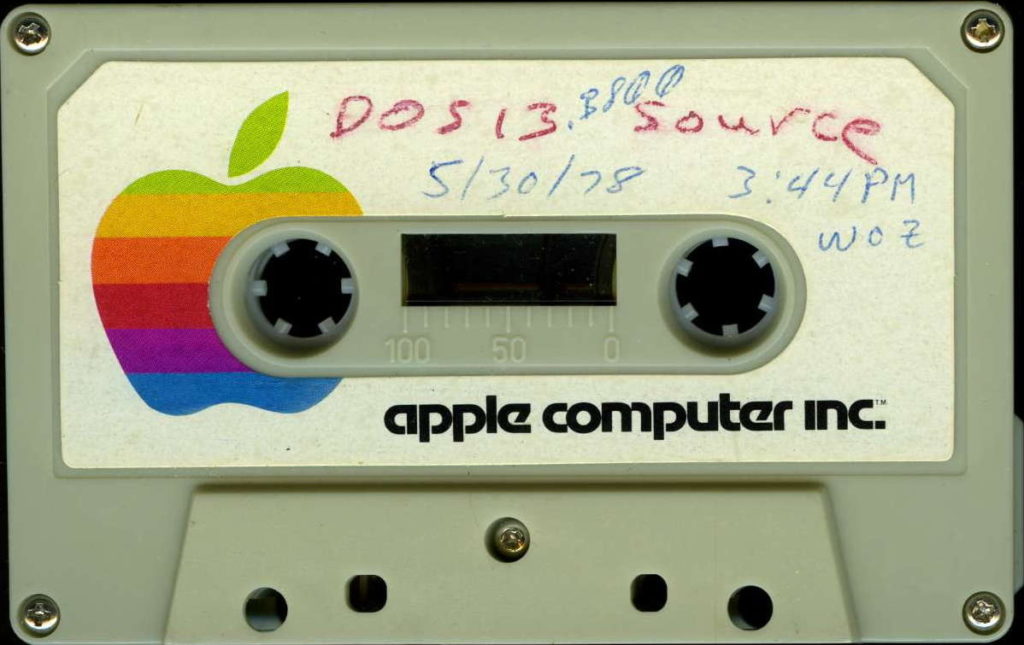
A cassette containing the source code for Apple II DOS. In 2013, CHM released the code.
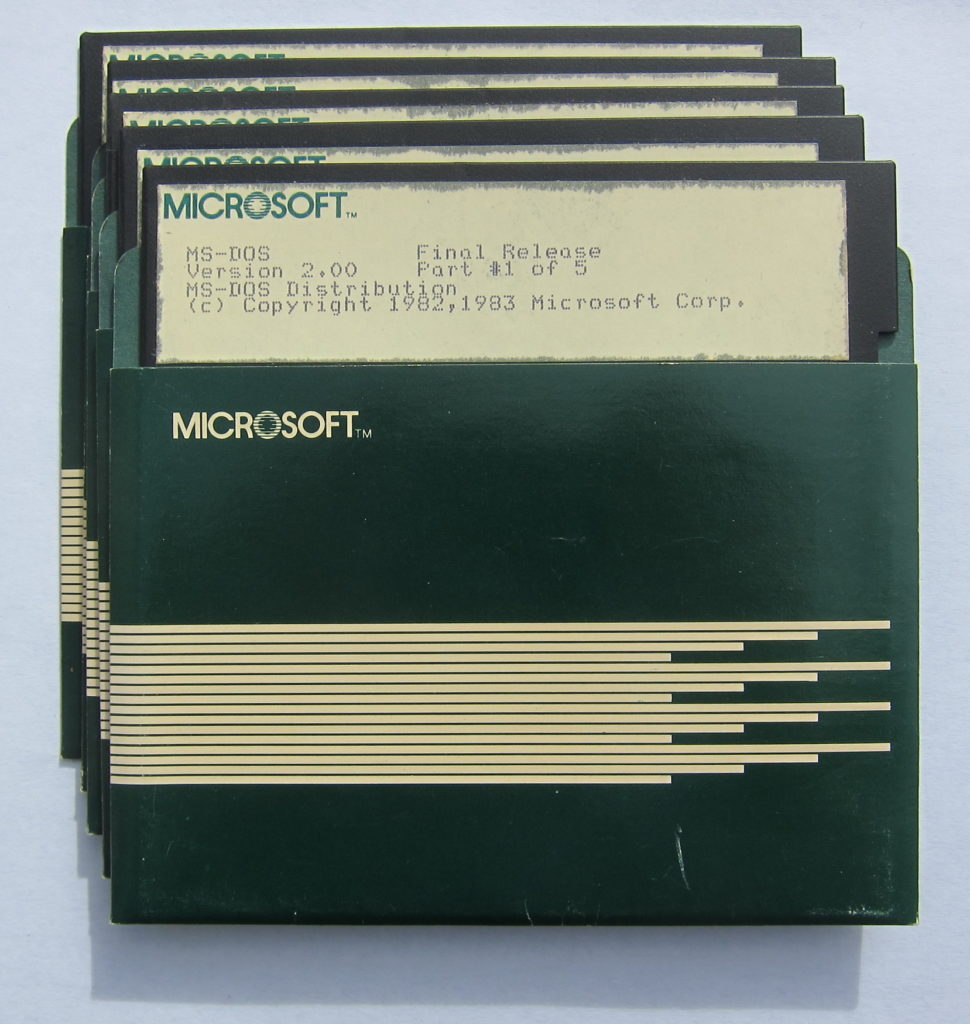
A set of floppy disks for MS-DOS 2.0. In 2014, CHM released the source code for Microsoft’s MS-DOS 1.1 and 2.0.
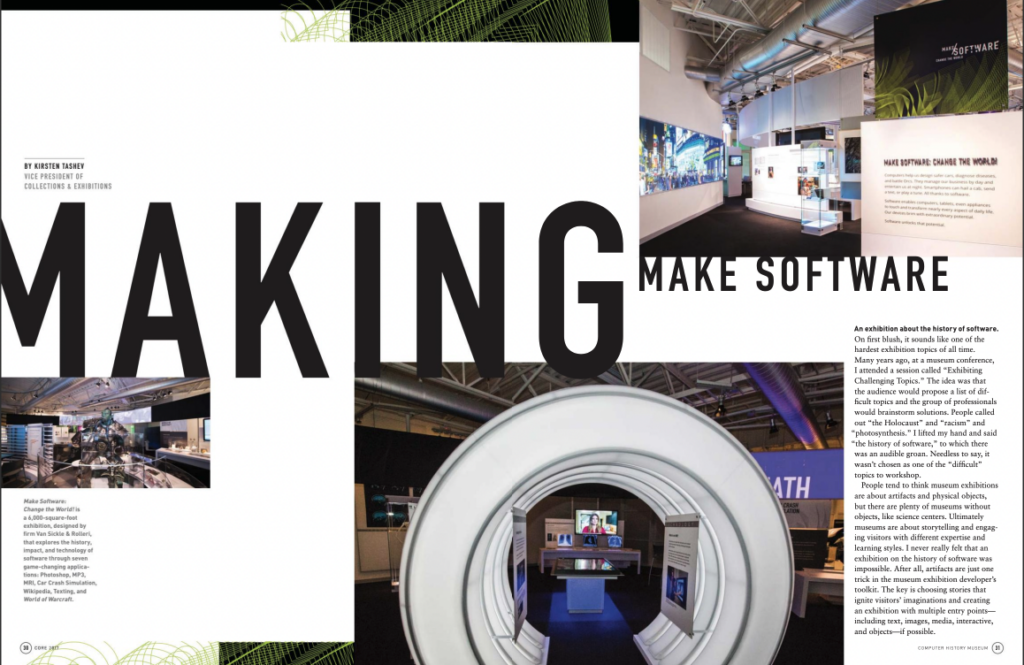
In 2017, CHM opened Make Software, Change the World! a 6,000 square foot exhibition that explores how the lives of people everywhere have been transformed by software.
To preview for you just some of the coming year’s offerings for the Art of Code, we marked the 50th anniversary of the breakthrough software language and environment, Smalltalk, in September 2022. Smalltalk embraced a fresh, modular, and dynamic approach to the art of code called object-oriented programming. It was also a major step in the use of computers by children. The reverberations of each are still felt today. You can watch the full program here and read a blog recap here.
In October 2022, we celebrated this year’s new CHM Fellows who all have made remarkable contributions to the art of code, from Smalltalk to the pathbreaking Plato system of online communities, learning, and collaboration, and also to the development of the internet itself. Watch the full program here and read a blog recap here.
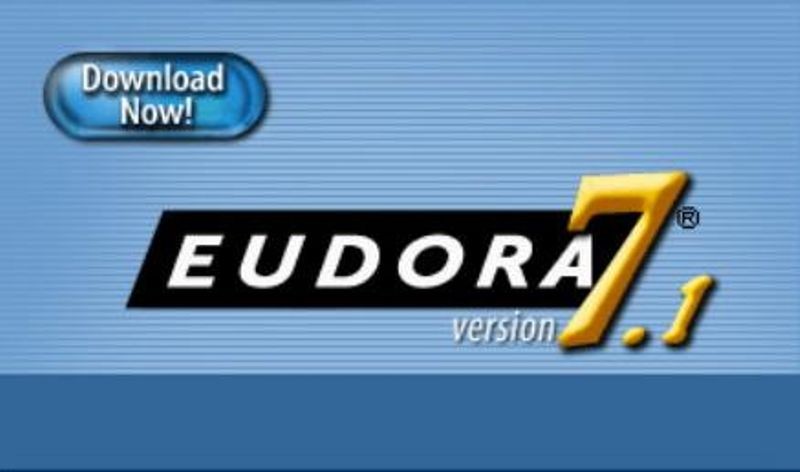
Available both for the IBM PC and the Apple Macintosh, in its heyday Eudora had tens of millions of users. In 2018, CHM released the Eudora email client source code.
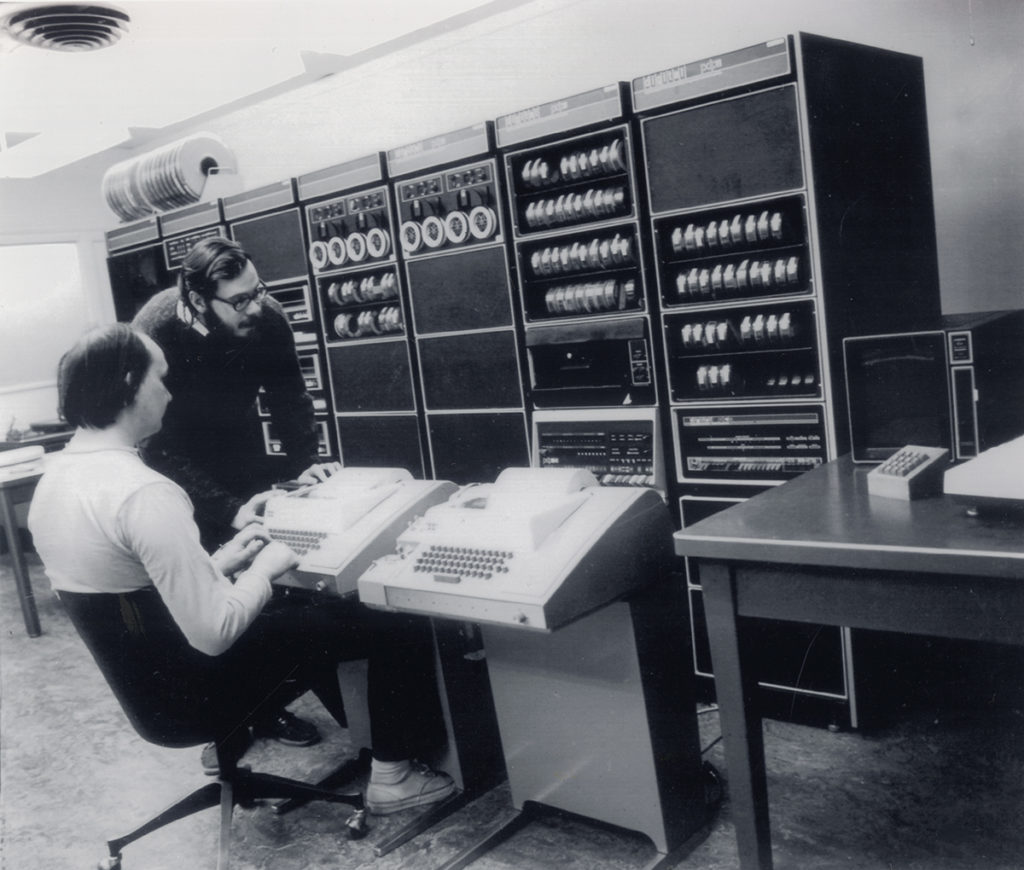
Ken Thompson (seated) and Dennis Ritchie (standing) with the DEC PDP-11 to which they migrated the UNIX effort in 1971. In 2019, CHM released the source code for the earliest version of UNIX. Credit: Collection of the Computer History Museum, 10268544.
For programmers, developers, coders, and other students of code, we will begin a remarkable series of historical source code releases over the year. We will begin with the public release of the source code for PostScript, the innovative software behind printing as we know it, the rise of Adobe, and PDF. Closely following will be CHM’s public release of the source code for the Apple Lisa computer, a remarkably influential project by Apple that did so much to bring the graphical user interface and “What You See is What You Get” approaches into personal computing. It is still our primary way of interacting with digital technology forty years later.

Children animating horses in Smalltalk-72 on an Alto computer. In 2020, CHM began hosting the Smalltalk Zoo, a collection of historical versions of Smalltalk from 1972 to 1995 in an in-browser emulation. Credit: Courtesy of the PARC Library. © PARC. CHM Object ID 500004466
Later in the year, look for a events and offerings marking the 50th anniversaries of some of the pathbreaking developments in networked personal computing at Xerox PARC: The revolutionary Xerox Alto system and the era-defining network technology of Ethernet. CHM will also be releasing a digital archive of PARC’s extraordinary historical contributions, including source code, documents, images, and more. Sign up for our mailing list to stay informed.
Please join us for this Art of Code journey by signing up here for news and updates and begin your own journey through our existing Art of Code resources by watching this movie, exploring this playlist of CHM’s historical source code releases, by visiting Make Software and Revolution online. Learn more about the Art of Code at CHM.